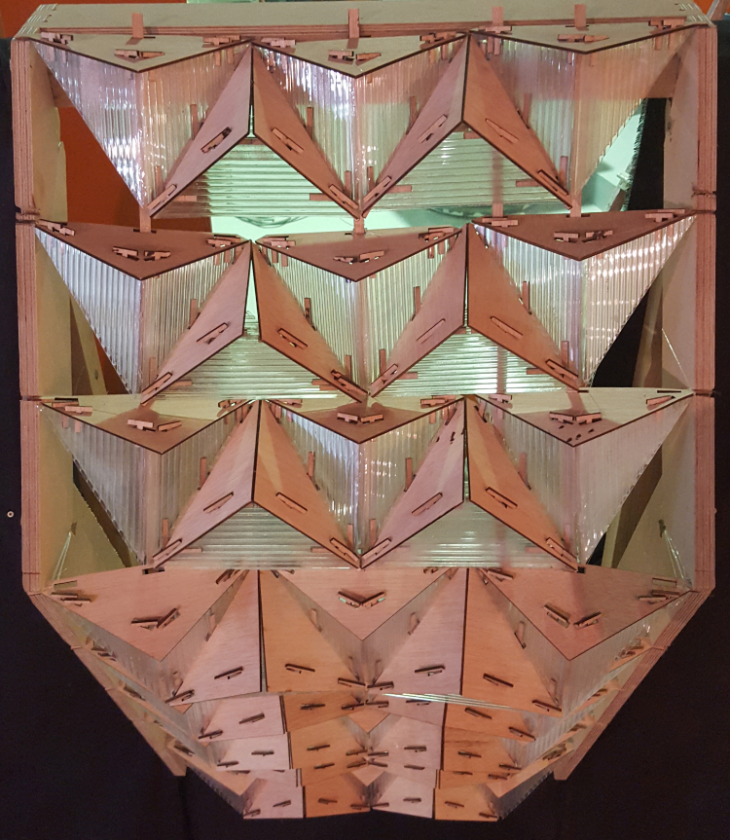Advanced Pyramidal Tessellation
The basic triangular shape poses unique qualities in structural design. A triangle is the simplest geometric figure that will not change shape when the lengths of the sides are modified. The triangle does not easily deform and is able to balance the stretching and compression forces of a structure making it a strong self supportive shape. Combined with tessellation techniques, we evolved the triangle into its pyramidal form for our facade to create a strategical method of light diffusion and deflection. Our facade aims to deflect direct sunlight when it is the strongest and allow and diffuse sunlight when it is softer. Strategically arranged pyramidal forms are arrayed in a repetition pattern so that one or two sides are wood and the remaining side(s) is poly-carbonate combined with a unique fastening system which require embedding pins into the poly carbonate’s form.
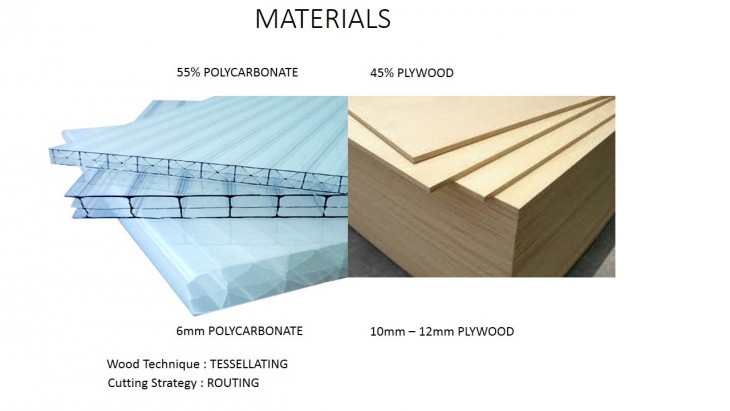
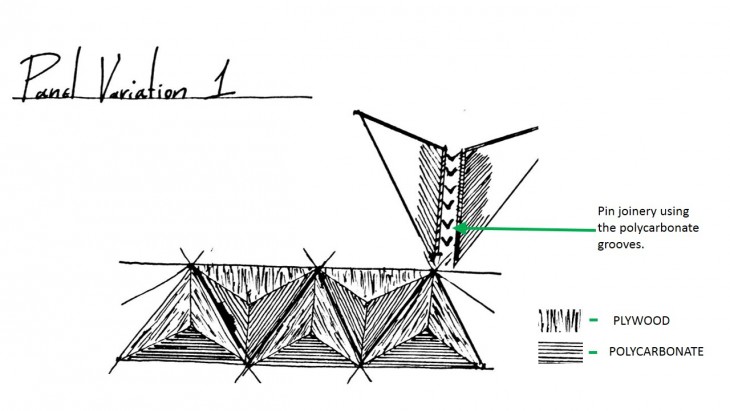
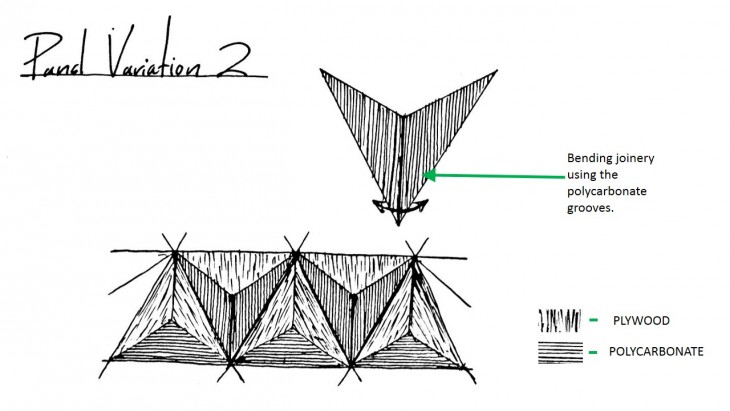
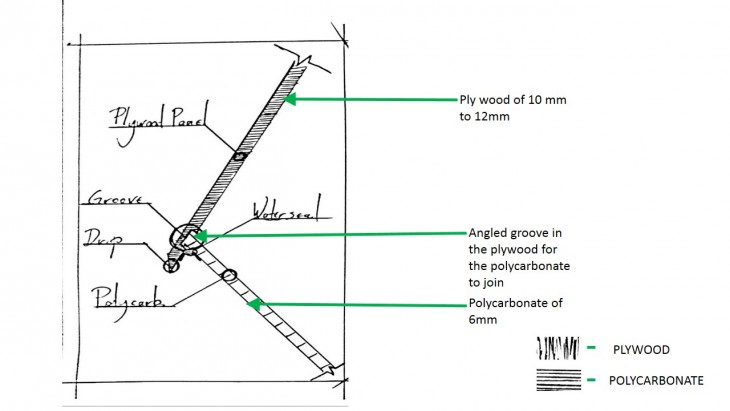
METHOD
To construct the facade we have 1 basic triangular pyramidal form and 2 versions of the form of varying materials. We implemented Rhino software to facilitate and articulate the design before creating sectional prototypes. Once the design was successful in theory we created a prototype to confirm joinery and construction methods, we proceeded to hand cut the poly-carbonate and laser cut the wood. The facade is constructed of 3 mm wood and 5 mm poly-carbonate throughout. The joinery pins consist of 5-6 mm wood. After both materials were cut, we proceeded to connect the components using “T-pins” which were then inserted thought the wood and into the structural component of the poly carbonate creating a pyramidal form emphasizing the structural strength elements of the triangular shape.


